A Unified Brain Network: The Key to Understanding Substance Use Disorders
Substance use disorders (SUDs) have long been a subject of intense scientific scrutiny. These conditions not only pose a significant threat to public health but also present a complex web of challenges when it comes to understanding their underlying causes and potential treatment strategies. However, recent breakthroughs in neuroscience have shed new light on this issue. Scientists have discovered a common brain network that plays a pivotal role in SUDs. In this blog post, we’ll explore this groundbreaking discovery, its implications, and how it could revolutionize our approach to treating and preventing substance use disorders.
The Brain’s Role in Substance Use Disorders
Substance use disorders encompass a wide range of conditions, including addiction to drugs and alcohol. These disorders affect millions of people worldwide, leading to severe health, social, and economic consequences. Historically, the focus of research has been on the psychological and behavioral aspects of addiction. However, recent advancements in neuroimaging and neuroscience have enabled researchers to delve deeper into the physiological mechanisms that underlie SUDs.
The Common Brain Network
A study published in a leading scientific journal in [insert date] brought together findings from multiple research projects, revealing a common brain network involved in various substance use disorders. The study involved analyzing brain imaging data from individuals with different addictions, such as:
- opioids
- alcohol
- cocaine
- nicotine
The researchers discovered that these disorders share a common neural pathway, which was previously unidentified.
The key regions of this common brain network include:
- The Nucleus Accumbens: Often referred to as the brain’s “reward center,” this region plays a central role in the brain’s response to pleasurable stimuli, including those induced by drugs and alcohol.
- The Prefrontal Cortex: This area is responsible for executive functions like decision-making, self-control, and judgment. It regulates impulsive behaviors, which are often impaired in individuals with SUDs.
- The Amygdala: The amygdala is involved in processing emotions, particularly the fear and anxiety associated with withdrawal symptoms and cravings.
- The Hippocampus: This region is linked to memory, particularly the formation of associations between drug-related cues and the pleasurable effects of substances.
Implications of the Discovery
The identification of this common brain network for SUDs has profound implications for several aspects of addiction research and treatment:
- Targeted Interventions: With a better understanding of the specific brain regions involved, researchers can develop more targeted interventions to treat substance use disorders. This might include:
- pharmacological
- behavioral
- neurofeedback-based
treatments that focus on these key brain areas.
- Early Detection: The discovery opens up the possibility of developing neuroimaging techniques that could detect the vulnerability to addiction in individuals long before they develop a full-blown disorder. Early intervention could be a game-changer in preventing addiction.
- Reduced Stigma: The realization that addiction has a strong neurological component may help reduce the stigma associated with SUDs. It emphasizes that addiction is not merely a matter of willpower but a complex interplay of genetic, environmental, and neurological factors.
- Personalized Treatment: The common brain network discovery can lead to the development of personalized treatment plans. Different individuals may have variations in this network’s activity, requiring tailored approaches to their unique neurological profiles.
Click here to see the full scientific article from National Institute on Aging.
This breakthrough underscores the importance of interdisciplinary collaboration between neuroscientists, psychologists, and clinicians in the ongoing battle against substance use disorders. With further research and development, we may be on the cusp of a new era in addiction science, where personalized, effective treatments become more accessible, reducing the burden of SUDs on individuals and society.
Enhance your cognitive abilities and optimize mental focus by incorporating the remarkable Brain Vitale supplement from the esteemed Asher Longevity Institute. This exceptional supplement is specifically designed to boost your brain’s performance, enhancing mental clarity, sharpening cognitive planning skills, and improving organizational acuity. Additionally, it aids in retaining spatial relationships, further augmenting your cognitive capabilities.




